The future of huddles: Speaking to your workforce in the hybrid era
Working practices have changed, and so have the ways we communicate across our businesses
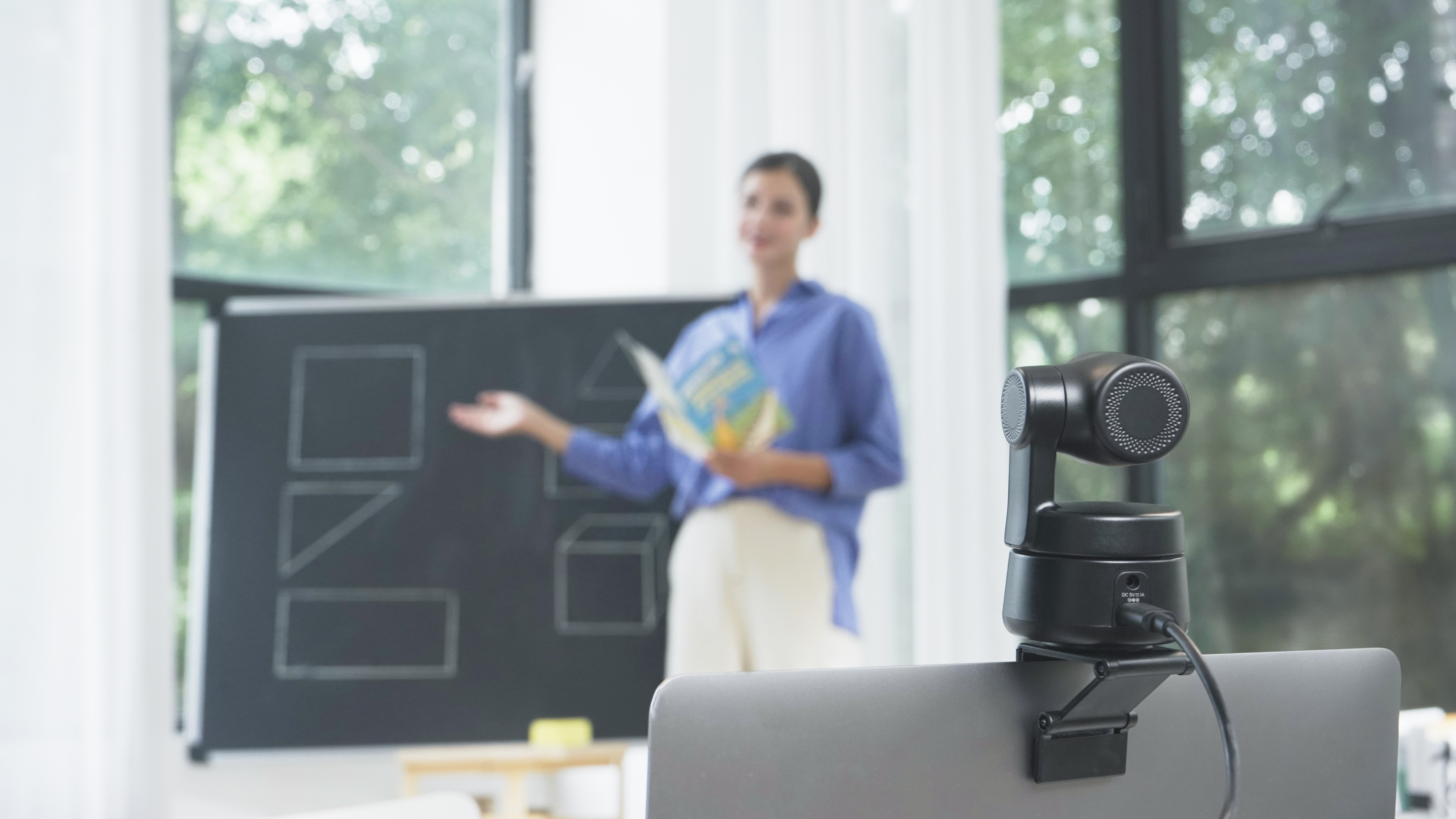
Huddles, town halls, company-wide meetings – whatever you choose to call them, these events serve several vital purposes in the functioning of a successful business. A huddle is the opportunity for business leaders to speak directly to their employees, for teams and individuals throughout the organisation to explain their part in the overall working of the company and to share their successes, and to make your workforce feel like a united entity pulling towards a common goal.
That final point is of particular importance in the face of our new hybrid working models. The shift to a mix of remote and in-office working has brought many benefits to business, allowing some of the gains of lockdowns in 2020 and 2021 to be retained, as well as opening up recruitment pools beyond the local area, so that talent can be employed from anywhere in the world. But at the same time, remote working can risk leaving employees feeling cut off from their colleagues and less a part of the company than they would if they were visiting a physical office every day as most of us did in the pre-COVID era.
Another challenge posed by hybrid working is that it is much harder – and in some circumstances almost impossible – to gather your workforce together in one physical space for a company-wide meeting. This results in something of a paradox – huddles are a powerful tool in fostering a sense of collaboration and inclusion among employees, but remote workers who need this the most are the ones that cannot be physically present to benefit from it.
Of course, as hybrid working has taught us, being physically present in a space is not the be all and end all of a rewarding and successful job. There are technologies that can be used to make sure that employees get the most out of company huddles so that they feel part of the event, and that they are being spoken to and heard just as much as the rest of their colleagues.
A level playing field
The challenge of hybrid huddles is that you need to optimise for both in-person and remote attendees so that one group isn’t prioritised over the other. Remote workers shouldn’t be made to feel that they are simply detached observers watching from afar but not truly being engaged with. On the other hand, you don’t want your technological setup to create a stilted and static experience that puts a barrier between the speaker and the audience in the room.
Speakers need to be able to move freely and be expressive while still being heard by remote attendees. There are various options to consider. Hand-held microphones can be passed between speakers and attendees who have questions, or static arrays can be installed on walls and ceilings to pick up everything the speaker says while remaining unobtrusive in the space itself. Mixing devices and programmes can filter out background noise and control levels so that those listening in remotely receive clear sound and aren’t left scratching their heads.
A quality image is just as important as sound in making sure that remote attendees can see what is happening and feel part of the event. Cameras should be set up to view the speaker, and you might also want to consider having a separate webcam so that remote workers can also see when someone is asking a question.
But it isn’t as simple as pointing a webcam in one direction. Set a standard camera too close, and the speaker is apt to wander in and out of view. But set it too far away, and they will look indistinct and viewers attending remotely will struggle to tell who they are and what is going on.

Smart PTZ (pan-tilt-zoom) cameras can make all the difference, automatically following the speaker and zooming in so that they remain centred and visible at all times without having to be viewed from too far away. For instance, the OBSBOT Tiny 4K includes AI-tracking with auto-framing, combining a two axis gimbal with a deep learning neural network algorithm to accurately and fluently track and centre the target. It includes customised tracking modes to make sure that the webcam is set up correctly for the particular space. Just plug the Tiny 4K into a computer and it’s ready to use.
Of course, picture quality is of high importance too. The Tiny 4K features a 1⁄2.8’’ Sony Sensor with a 4K lens for a crystal-clear image that helps remote attendees to feel like they’re in the room, and HDR to even out light levels so that the image isn’t overexposed or obscured by low light.
In larger spaces cameras and microphones may be just as essential for in-person attendees, as well as projectors and speakers so that those sitting further back can see and hear what is going on. This setup can also allow remote participants to be heard and seen when they come to ask questions, reinforcing their inclusion in the huddle.
With the right technology and a carefully considered setup, you can create huddles that work for everyone in your hybrid workforce, and achieve their goal of uniting your business.
To learn more about OBSBOT Tiny 4K AI-Powered PTZ 4K Webcam, click here
From 7 to 17 July, you can receive up to 30% off the entire OBSBOT product line, including the Tiny 4K, on Amazon
Get the ITPro daily newsletter
Sign up today and you will receive a free copy of our Future Focus 2025 report - the leading guidance on AI, cybersecurity and other IT challenges as per 700+ senior executives
ITPro is a global business technology website providing the latest news, analysis, and business insight for IT decision-makers. Whether it's cyber security, cloud computing, IT infrastructure, or business strategy, we aim to equip leaders with the data they need to make informed IT investments.
For regular updates delivered to your inbox and social feeds, be sure to sign up to our daily newsletter and follow on us LinkedIn and Twitter.
-
 Asus ZenScreen Fold OLED MQ17QH review
Asus ZenScreen Fold OLED MQ17QH reviewReviews A stunning foldable 17.3in OLED display – but it's too expensive to be anything more than a thrilling tech demo
By Sasha Muller
-
 How the UK MoJ achieved secure networks for prisons and offices with Palo Alto Networks
How the UK MoJ achieved secure networks for prisons and offices with Palo Alto NetworksCase study Adopting zero trust is a necessity when your own users are trying to launch cyber attacks
By Rory Bathgate
-
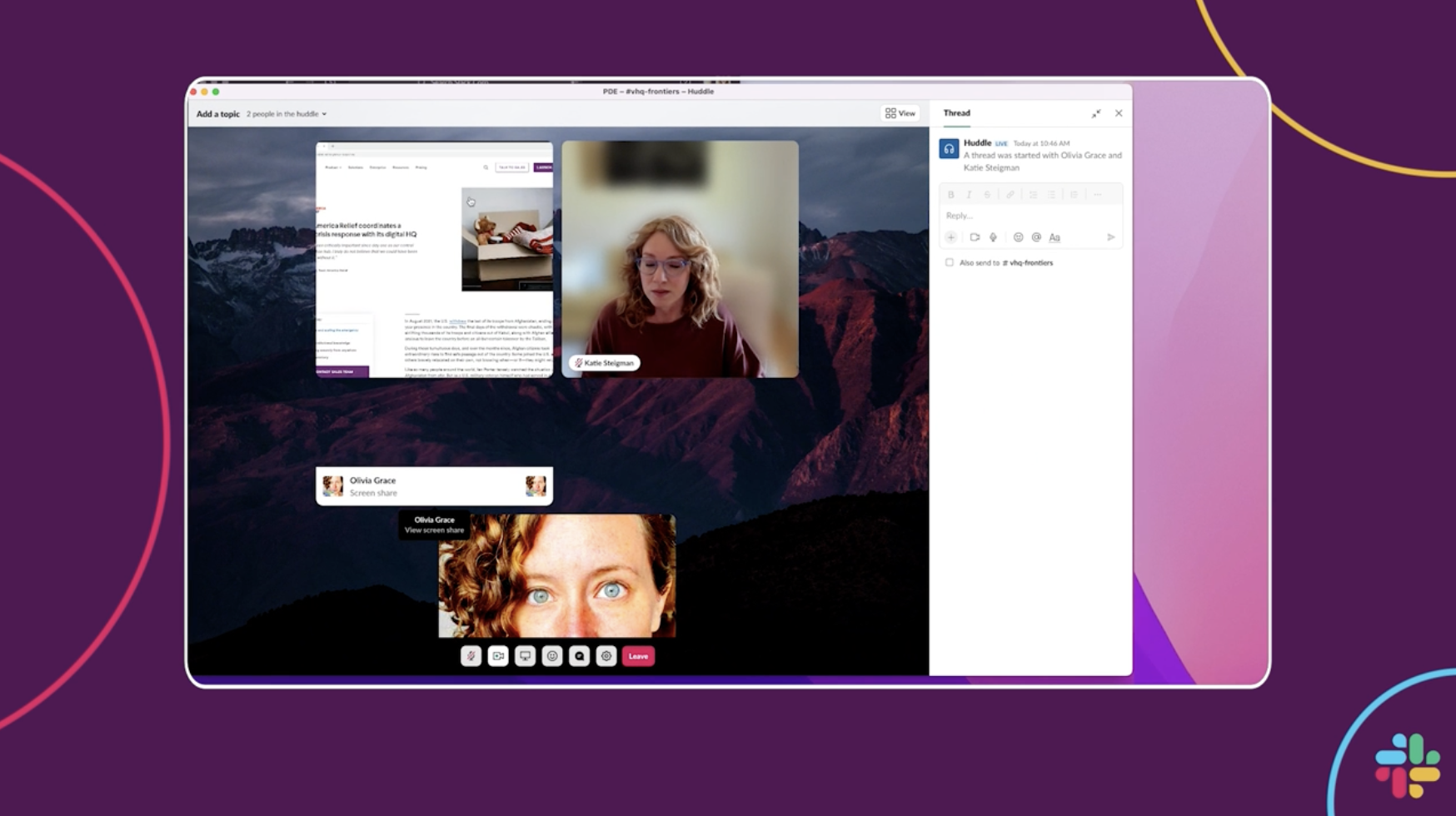 Slack adds multi-person screen sharing features to Huddles
Slack adds multi-person screen sharing features to HuddlesNews New co-working functions and live cursor features aim to boost virtual collaboration on the comms platform
By Bobby Hellard
-
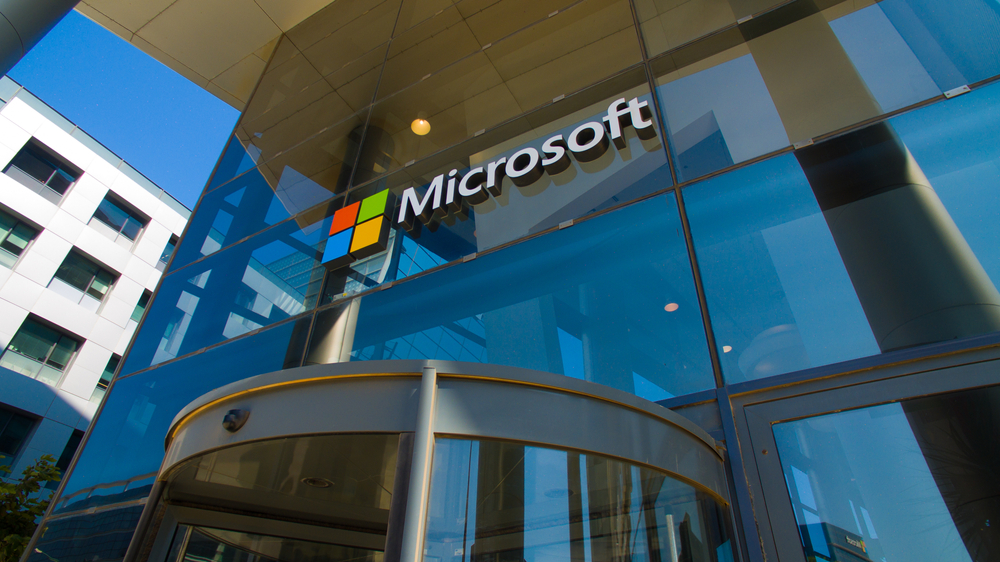 Microsoft silent patches called “a grossly irresponsible policy”
Microsoft silent patches called “a grossly irresponsible policy”News Cyber security company Tenable said that the tech giant is putting customers at risk after it found two bugs in Microsoft Azure analytics software, one of which users weren’t made aware of
By Zach Marzouk
-
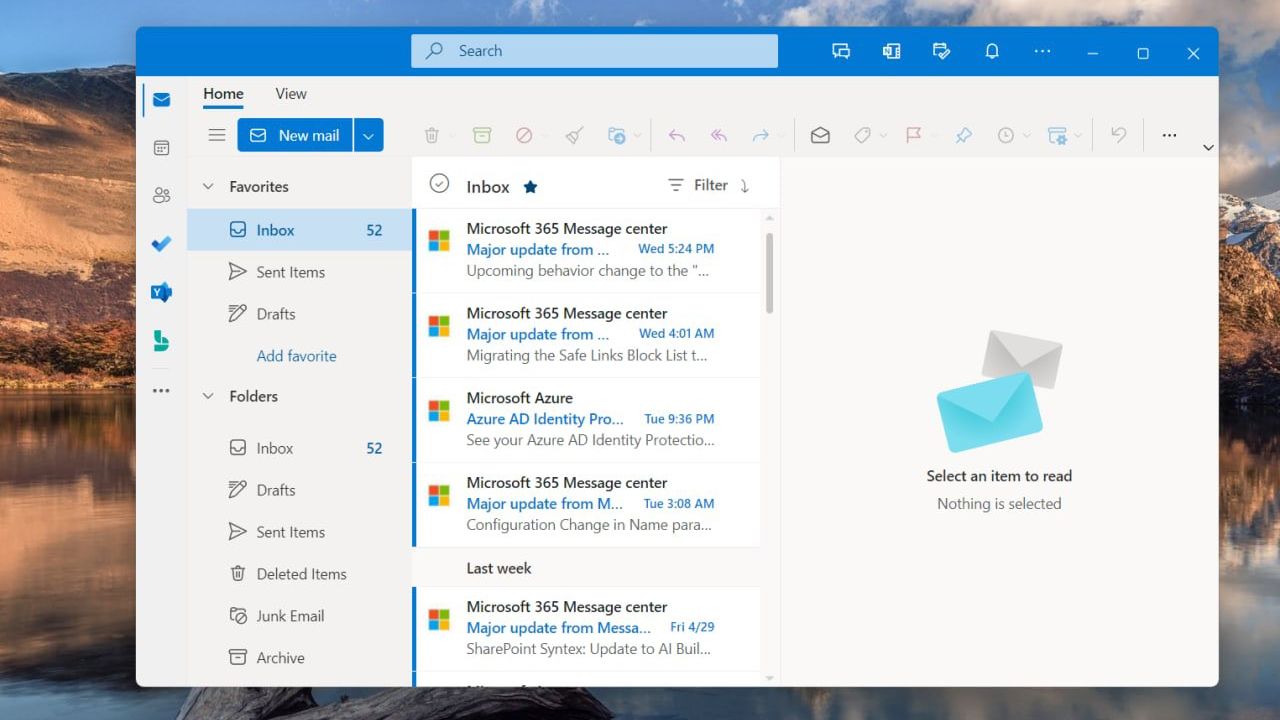 What we know about One Outlook so far
What we know about One Outlook so farNews One Outlook, known internally as Project Monarch, has been mostly kept under wraps by Microsoft
By Sabina Weston
-
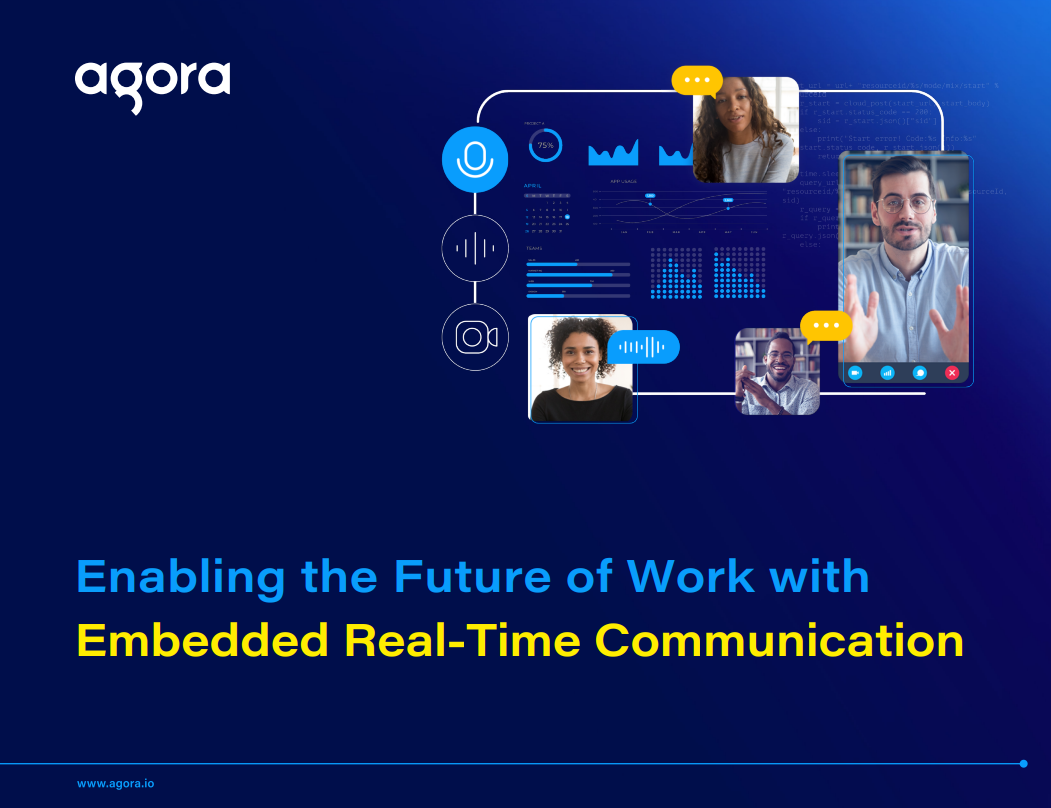 Enabling the future of work with embedded real-time communication
Enabling the future of work with embedded real-time communicationWhitepaper A new dimension of human interaction is coming to digital work
By ITPro
-
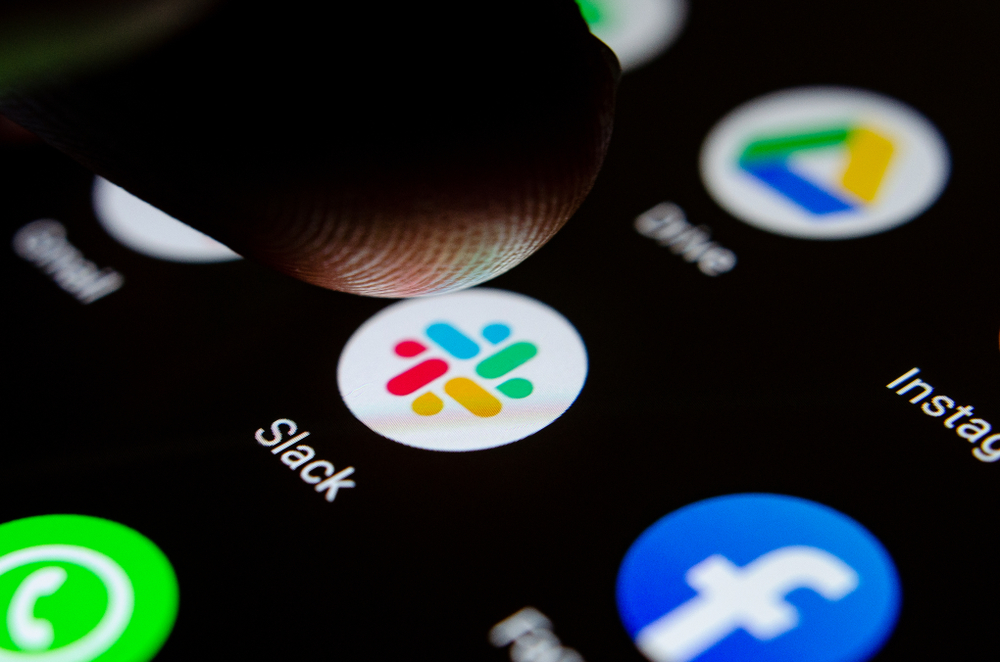 Slack ends support for Russian users
Slack ends support for Russian usersNews A string of international sanctions prompted Slack to revoke access to its platform without warning
By Praharsha Anand
-
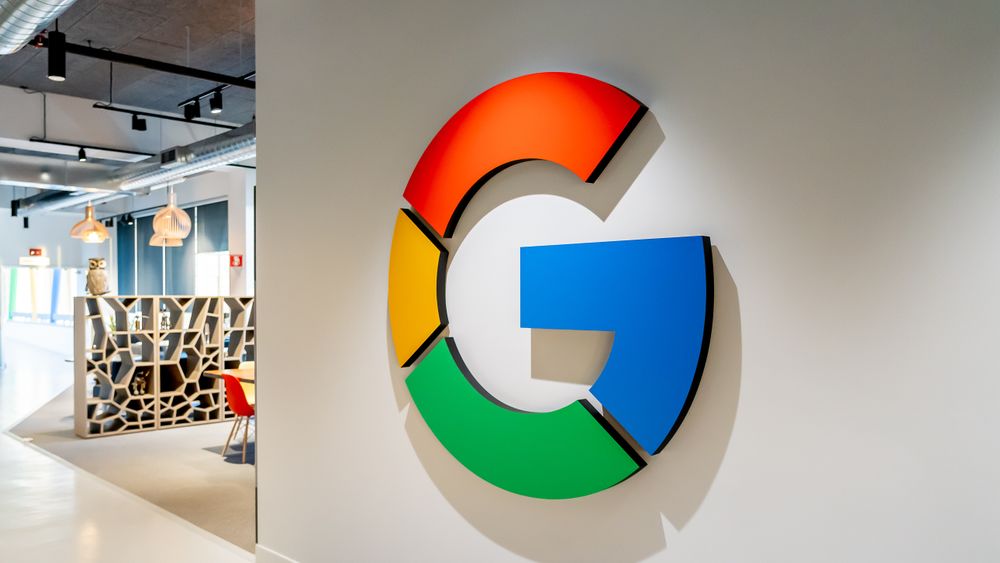 Google to kill off Currents in favour of a more integrated Workspace
Google to kill off Currents in favour of a more integrated WorkspaceNews The Google Plus replacement meets its end just two years after launching
By Connor Jones
-
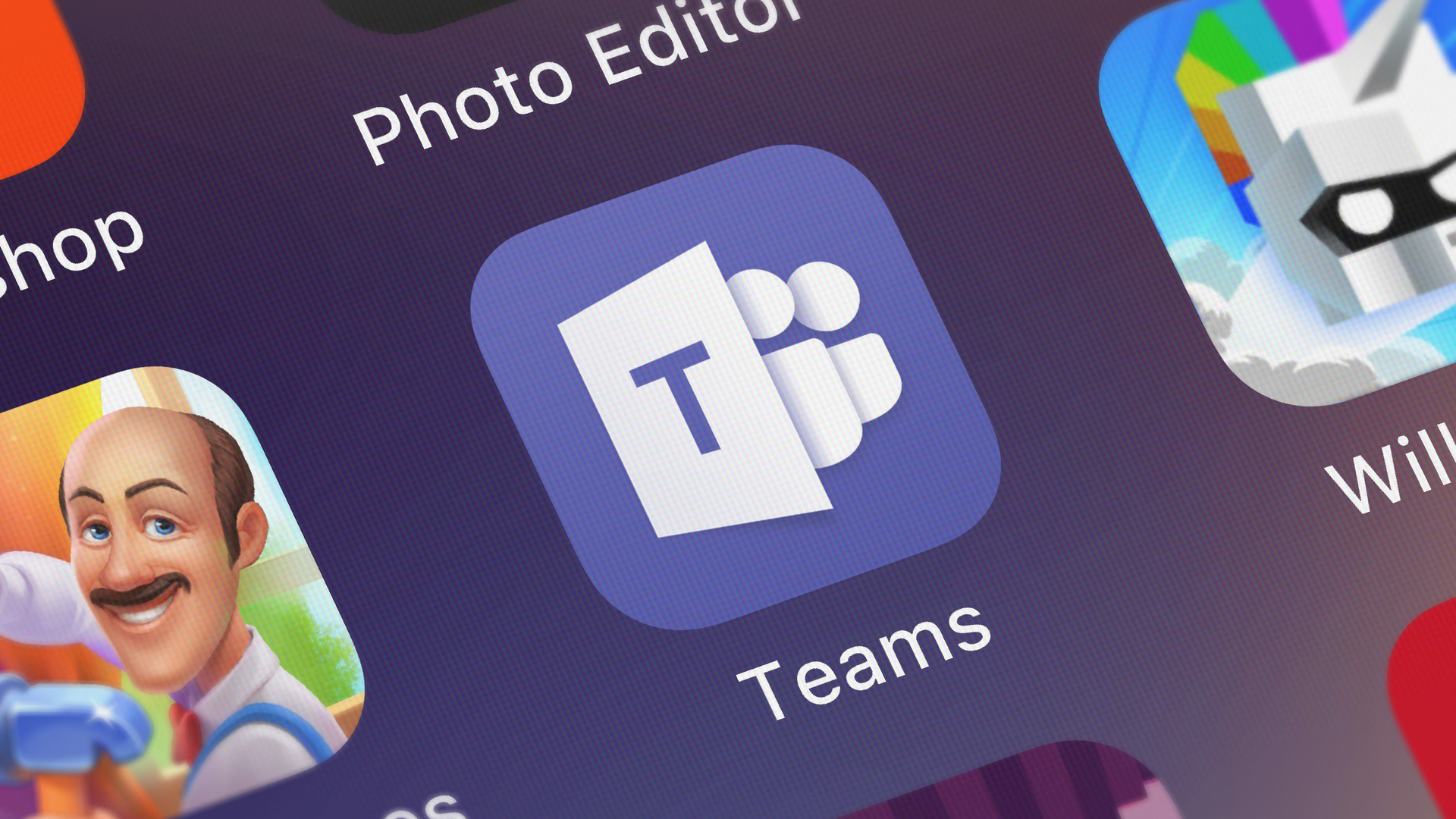 Microsoft Teams now uses 50% less power than when it first launched
Microsoft Teams now uses 50% less power than when it first launchedNews It has been a long-term goal of Microsoft to make the Team experience equitable across high and low-performance hardware
By Connor Jones
-
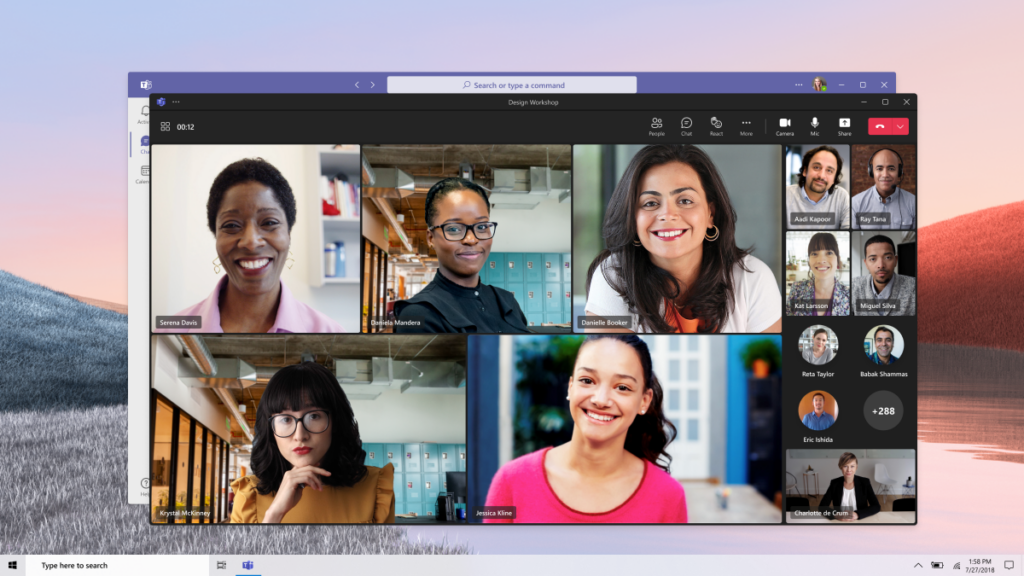 Microsoft Teams introduces 'Essentials' tier for small businesses
Microsoft Teams introduces 'Essentials' tier for small businessesNews The tech giant appears to identify a gap in the collaboration software market with SMB-focused Teams tier
By Bobby Hellard
